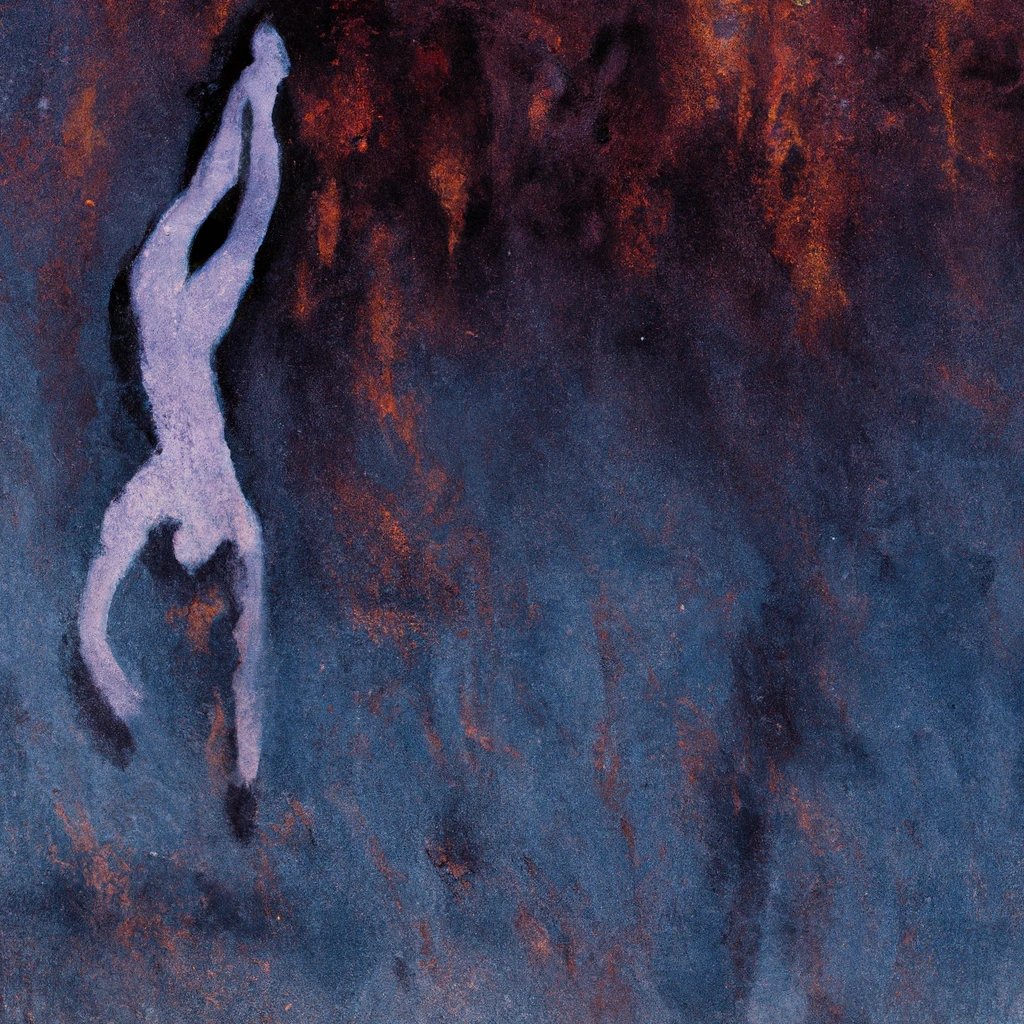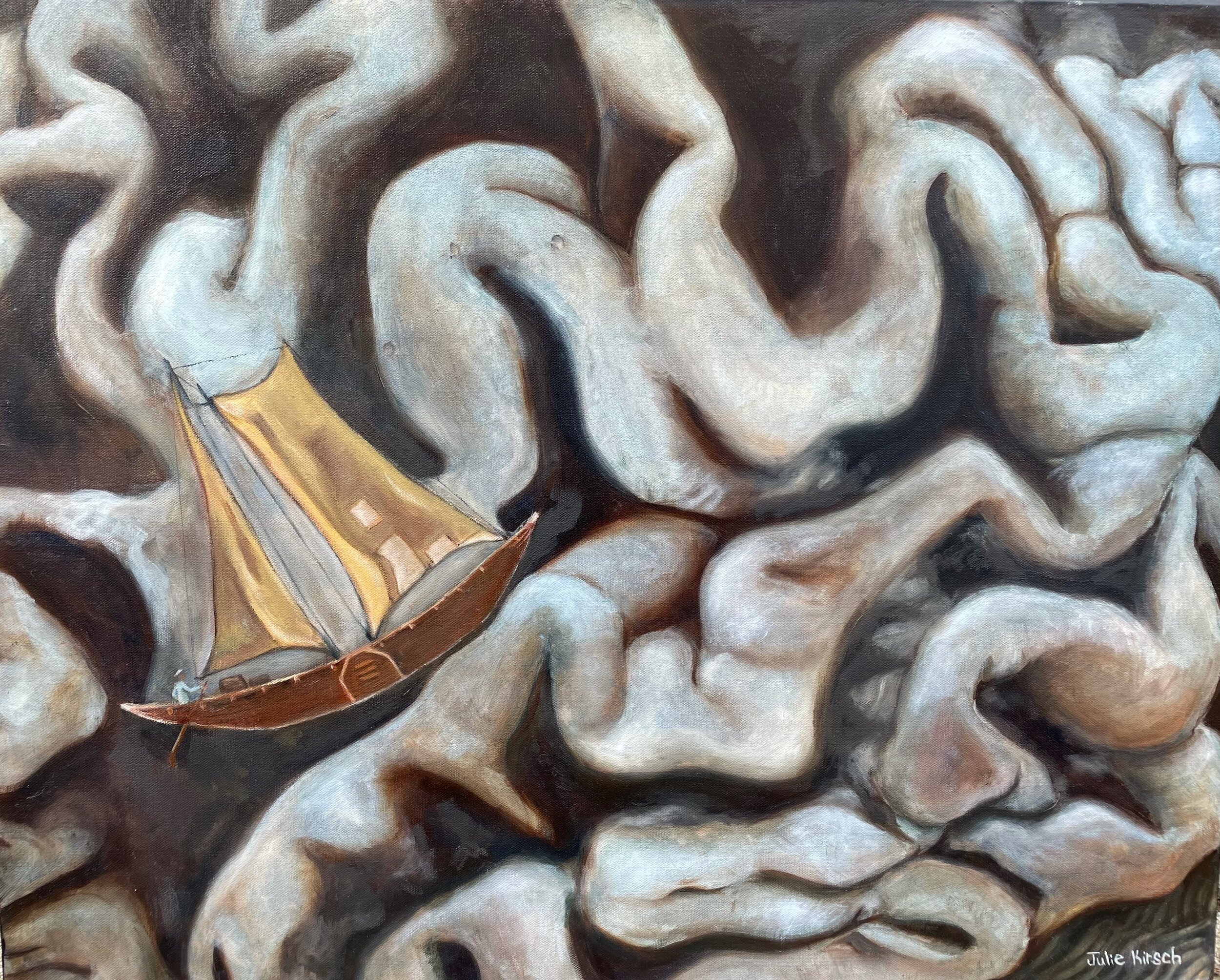About Mandalas
Even before I learned the word, I had an affinity for mandalas. There is something compelling about their symmetrical, circular composition and the complex patterns that they enclose. They are deeply satisfying to look at – almost entrancing. One could get lost in contemplating a mandala, following the intricacies of its design in a never-ending loop. The Greeks believed that the circle was the perfect shape; it represented the divine symmetry and balance in nature. This is because, among other things, the circle has infinite lines of symmetry, for any straight line drawn through its center will be a line of symmetry. Greek scholar Proclus called the circle “the first, simplest and most perfect form.” Perhaps their geometrical perfection, as circles, helps to explain why mandalas are so captivating and aesthetically pleasing.
Mandalas have played a role in various religious and spiritual traditions, such as Buddhism. In Buddhism, mandalas are complex representations of the universe that embody various aspects of Buddhist teachings. They are often used as tool or aid in the practice of meditation. Some Buddhist monks create astoundingly beautiful and intricate mandalas from sand only to destroy them once finished. The monks believe that the process of making and then destroying a sand mandala can teach us important lessons about the nature of existence. The practice is a reminder that everything in nature is fleeting and impermanent. The creative and destructive process is often performed publicly over many hours. The audience can watch the monks construct the mandala with painstaking care and attention only to sweep it all away once it is finished. Like a sand mandala, we, and everything that we construct—however impressive and grand—will ultimately turn to dust.
Although the practice of making and destroying sand mandalas is rooted in an ancient spiritual tradition, it has the air of contemporary performance art. Each ritualistic movement is performed with care and precision. And the final gesture – the sweeping away of the elaborate work of art—is dramatic and shocking, while also suffused with meaning and symbolism.
Carl Jung, the Swiss psychoanalyst, is often credited with popularizing the creation and use of mandalas in the west. He studied mandalas– a subject which fascinated him – in a Tibetan Buddhist monastery outside Darjeeling India in 1938. He later incorporated these into his psychoanalytic practice with patients and into his own personal exploration of the unconscious. Jung encouraged his patients to make their own mandalas and believed that the symbols and patterns that they created arose from the unconscious mind. Jung believed that drawing mandalas could integrate psychological division, enhance psychological harmony, and reserve personal integrity. Today, and largely due to Jung’s influence, mandala drawing is widely used as a form of art therapy to promote individual expression and psychological healing.
In recent years, mandalas have become a popular component of new age culture. They have also made their way into mainstream arts and crafts stores in the form of adult coloring books. While many people enjoy coloring mandalas for their own sake, others do so for the purpose of anxiety reduction. Indeed, there is some evidence that coloring mandalas does, in fact, reduce anxiety. While coloring in general may be effective in reducing anxiety, there is evidence that coloring mandalas is especially effective in doing so. One study, which was published in Art Therapy, showed that coloring mandalas for even twenty minutes significantly reduced anxiety levels. Moreover, it showed that coloring mandalas (along with other reasonably complex geometrical patterns) was more effective in reducing anxiety than was free-form coloring on a blank paper. According to the researchers, a likely explanation is that coloring mandalas requires focused attention that reduces inner dialogue and blocks negative thoughts and emotions.
Making My First Mandala
While coloring mandalas can be therapeutic and enjoyable, I knew that it would be more rewarding and challenging for me to design my own mandala. I liked the idea of creating a mandala that is in some way a reflection of myself—that incorporates symbols and imagery that is personally meaningful. While I didn’t create my mandala in an automatic, free drawing fashion, as Jung asked his patients to do, the process of making one’s own mandala seems to achieve psychological ends that mere coloring cannot. Ultimately, I hope to make multiple mandalas – mandalas made from various media that explore different themes. Perhaps each of these mandalas will reflect different aspects of myself – my interests, unconscious mind, visions of the world, etc. But I had to start somewhere.
I created my own—my first— mandala in oil paint on a cradled wooden panel. Before painting the surface, I carefully penciled in my drawing on the panel. I also taped the sides of the panel to keep them free from paint; this would allow me to stain the sides of the panel later, making it possible to display the mandala as is – without a frame. Since I could not draw anything close to a perfect circle freehand, I used a large compass to create the set of concentric circles that formed the skeleton of my design.
Preliminary Drawing of My Mandala
Creating and maintaining the circles of my design turned out to be the most difficult part of the process. I had a hard time finding a compass that would create circles large enough for my panel. The tool that I settled upon made large circles, but the graphite that it came with made thick lines. It was, therefore, difficult to create a clear boundary for the circles that it produced. (If anyone can recommend a better tool, please let me know in the comments.) And after I started painting, and lost my drawing, it was difficult to maintain the near-perfect circle with which I started. Unless I come across a solution to this problem, I might make smaller mandalas in the future, which are easier to manage with the compasses and templates that I can find. This time, I had to accept my limitations and live with an imperfect result.
In terms of my concept, I wanted to create a mandala that reflected some of the core (large-scale) components of the universe and our solar system. And so, at the center of the mandala I painted an eye, which is often used to represent the conscious mind. Circling around the eye, I have the eight planets of our solar system. Surrounding the planets, I have a circle of slender, orange triangles that represent the rays of the sun. I painted vines around the exterior part of the mandala to suggest life, growth, and nature on Earth. In each of the four corners of the panel, I painted a different animal. In the top right, there is a serpent, which represents evil; in the top left, there is a dove, which represents peace or goodness; in the bottom right, there is a crow, which represents intelligence; and, in the bottom left, there is an owl, which represents wisdom and is the symbol of philosophy. I liked the idea of putting consciousness at the center because it conveys the idea that it is woven through everything in the universe (as the panpsychists would have it). And, even if we reject this view, it is certainly the case that consciousness is at the center of our own personal universe in so far as it is what makes experience in general possible for us. Were it not for consciousness, there would nothing at all for us – no planets, trees, animals, etc. All these things exist for us through the conscious mind.
The entire mandala was painted using a limited blue-orange palette. I used a limited palette to create a sense of unity in my composition, and the blue-green palette seemed like the best choice.
The mandala that I created is different from most of my other artwork. While it was technically challenging, and sometimes frustrating, to make, it prompted me to think differently and expanded my artistic horizons. It also encouraged me to dig more deeply into the work and visual imagery of Carl Jung. (Importantly, he denied that what he created constituted art) While it would be hard to accept Jung’s psychological theories in their complete form, his work is intellectually, and even aesthetically, rich and interesting. Many of the themes that he explored – e.g., the unconscious, imagination, and dreams—are still of personal and scientific/philosophical interest today.















